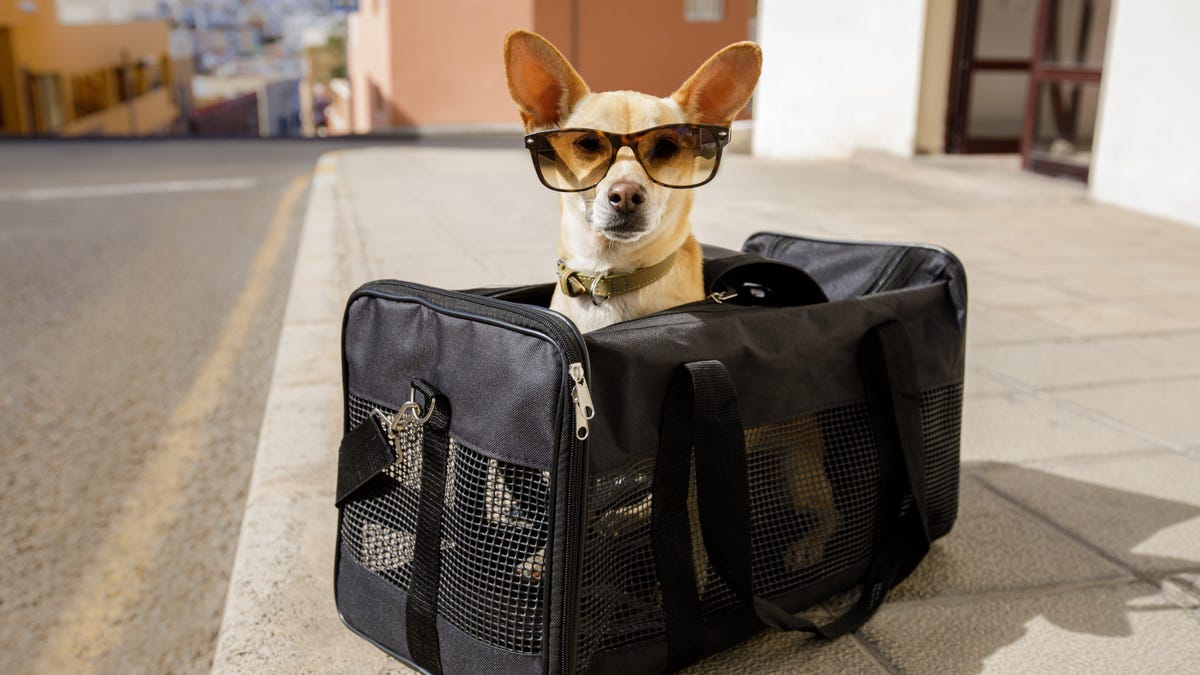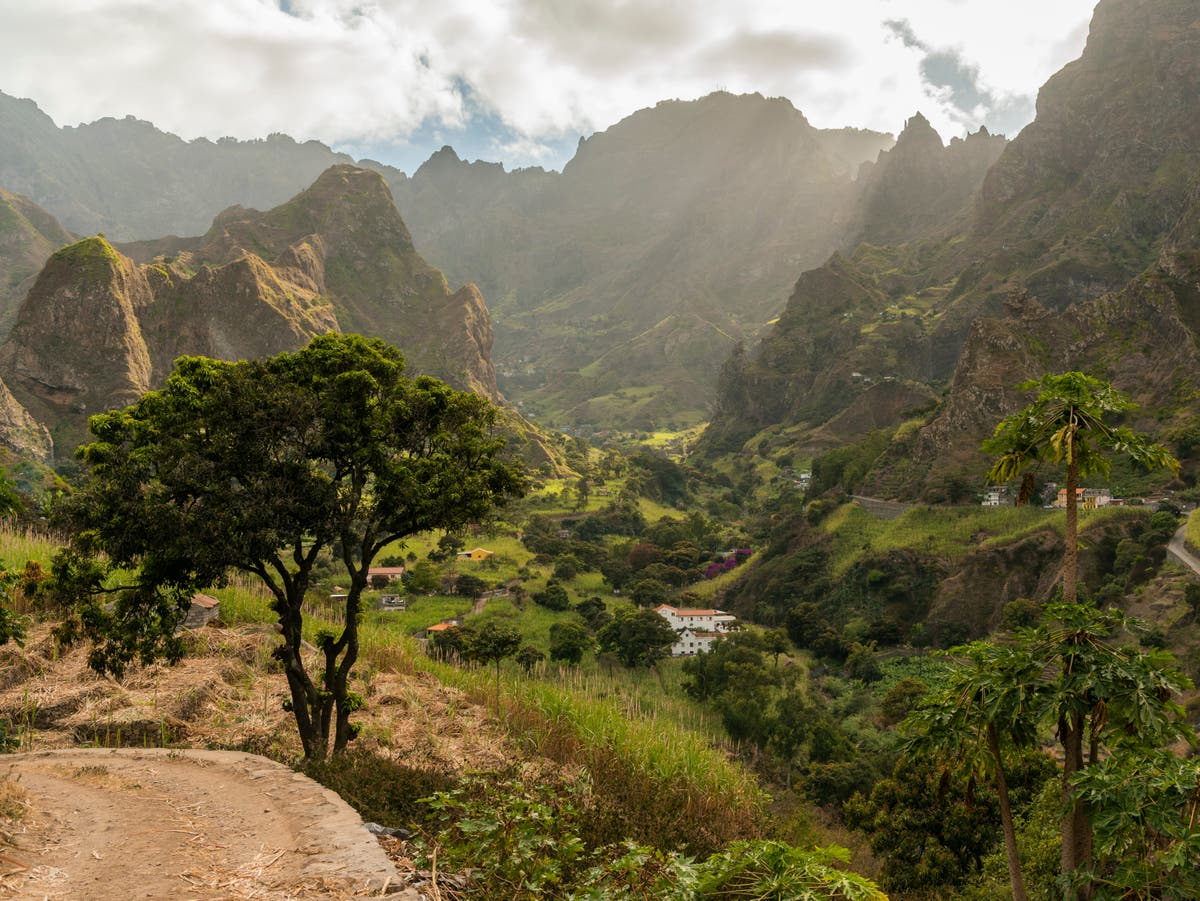9 of the Most Dangerous Driving Emergencies (and How to Avoid Them)
When we head out for a drive, we’re always hoping it will be uneventful, we won’t hit too much traffic, and we’ll get to where we’re going with plenty of time to spare. But sometimes nature, mechanical failures, and...

Photo: nyker (Shutterstock)
When we head out for a drive, we’re always hoping it will be uneventful, we won’t hit too much traffic, and we’ll get to where we’re going with plenty of time to spare. But sometimes nature, mechanical failures, and medical emergencies have other plans. Read on for some of the life-threatening situations you might encounter on the road, and how to keep your wits about you and stand the best chance of surviving.
A fully loaded semi truck has a lot of mass, and thus a lot of momentum. On long or steep downhills, they can end up going so fast that their brakes can’t bring them back to a safe speed.
The everyday version of this is when you’re driving down a hill and notice a truck behind you, getting uncomfortably close. Instead of getting annoyed that they’re tailgating, consider that the truck may be struggling to control their speed. Either get out of the way, or—if you’re in the passing lane watching this happen—make room for the truck to move over. You don’t want to be downhill of a speeding truck, whatever the reason.
By the way, this is why some mountain areas have runaway truck ramps. If the trucker can’t stop, they can drive onto the ramp. The ramp typically goes uphill and has a soft surface that increases friction. They’ll need to be towed out, but chances of them (and you) surviving are much better than if they plowed into the cars in front of them on the highway.
“Black” ice is ice you cannot see coming. (It’s transparent, so all you see is the dark color of the road below.) You think you’re on a normal road surface with plenty of traction, but then you suddenly lose your grip on the road.
The best way to deal with black ice is to expect it, and to slow down. If the forecast calls for freezing rain, watch out: That means the temperature can drop while the road is wet, forming ice. Ice will form on bridges and overpasses before it forms on the rest of the road, so watch out for those. And if you do begin to skid, point the car where you want it to go and don’t slam on the brakes suddenly.
Animals in the road can be a deadly hazard for two reasons. First, a large enough animal, like a moose, can cause serious damage to a car or even crash through the windshield. And the other is that people often swerve to avoid animals, which can cause their car to roll over or collide with oncoming traffic.
If you see a deer or another animal in the road, never swerve. Consider braking to give it time to get out of the way. (Deer want to get out of the way, they just don’t always understand that a pair of lights suddenly getting larger is, in fact, a car coming at them at 60 miles per hour.) If you can’t stop in time, it’s better to squish a squirrel than to risk crashing your car.
A car with a mattress flapping on the rooftop may look funny, but you do not want to be behind it, taking a video and giggling, when that last tie-down strap fails. Improperly secured loads have crashed cars and killed people.
If you see a car like that on the road, or a truck whose load is shifting before your eyes, pass it safely if you can. If you can’t, stay very far behind it. And consider calling 911.
To keep this from being your car, learn how to properly secure whatever it is you’re carrying on your roof or sticking out of your trunk. And just because things stayed attached on neighborhood roads, doesn’t mean they’ll be secure on the highway. Take the extra time to do it right.
When you’re on the road, pay attention to what the other drivers are doing. If someone is behaving erratically on the highway, stay far away from them, and consider calling 911.
Drivers who fall asleep or have a medical emergency can change lanes without meaning to, crash into other cars, or run themselves off the road. If you’re able to follow from a safe distance and call for help, do that. In some situations, you may be able to intervene, like these people who brought a drifting car to a stop when the driver passed out. But remember, the first rule of helping people in an emergency is to make sure you don’t put anybody else in danger; make sure the coast is clear before you start running into the road.
If a traffic light loses power, know the rule: Drivers should treat that intersection as an all-way stop. Each driver should stop, wait for anybody who was stopped before them to go, and then go themselves (signaling as appropriate).
On busy roads, people don’t always observe the rule. If the drivers on a high-speed road aren’t stopping, just sit there and wait. Better to grumble and be late than to speed into the road because technically you should have the right of way.
Heavy rain may not seem like that big a deal, but there are a few potential problems you need to watch out for. One is visibility: In a heavy enough downpour, your wipers may not be able to keep the windshield clear even on their fastest setting. Pull over until the worst is over.
The other issue is that you can hydroplane. This is what happens when a layer of water builds up on the road, often topped with a layer of oil. (Asphalt roads tend to “bleed” an oily substance in hot weather, which then sits on top and builds up year-round.) A hydroplaning situation is just like black ice: You can lose traction, resulting in a skid. Slow down, but don’t slam the brakes. Drive like you’re on an ice rink. And if you notice that you get caught hydroplaning on every rainy day, take that as a sign that you probably need new tires.
That’s right, your brakes might suddenly fail one day. Hopefully you’re keeping up on regular maintenance and everything is in working order, but would you know what to do in a brake failure?
If you have a moment to think, one thing you can do is to put on your flashers. Your brake lights may have stopped working, after all, and you want to make sure other cars steer clear.
To get control of the car, shift it into neutral if you can (so that the engine won’t keep trying to accelerate it), and most importantly, pull the emergency brake. Or push the button, if that’s the type you have. This should bring you to a stop, or at least slow you down significantly. You can pump the emergency brake (pull it up repeatedly) much like you would pump your brakes during a skid.
Oh, and by the way: Don’t forget to check whether something is stuck under your brake pedal, like a bunched-up floor mat. That’s a common cause of stuck brakes.
A slow leak in your tire is an annoyance. You’ll need to fill it with air, or maybe stop and change the tire by the side of the road. But if it it happens suddenly, your tire can blow apart while you’re driving and possibly cause an accident.
When this happens, the most important thing to do is to keep control of the car. Don’t slam on the brakes; it’s too late to save your rim, anyway. Don’t swerve suddenly, either. Step on the gas if needed to keep the car moving, and then put both hands on the wheel and do your best to steer the car carefully to the side of the road. Then call a tow truck.

 ShanonG
ShanonG 

































